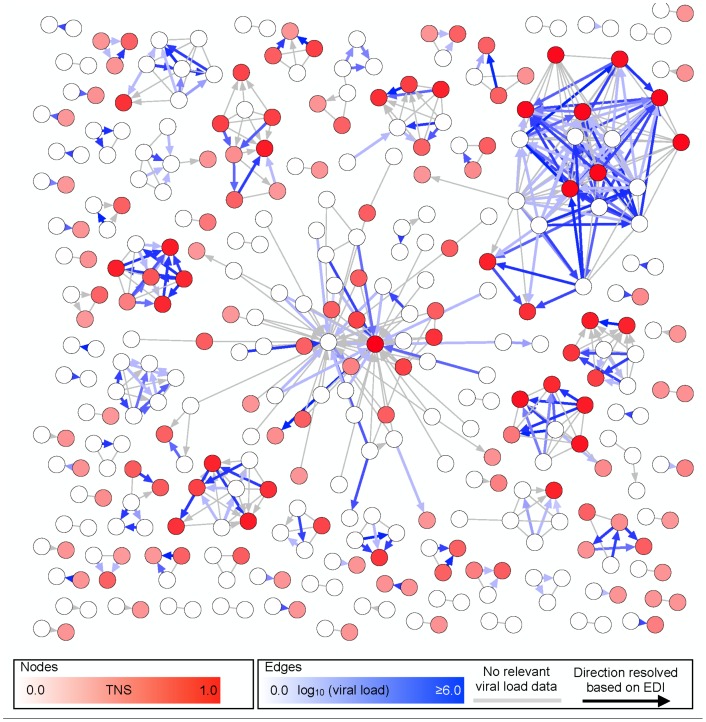Figure 1. The inferred transmission network (excluding unconnected individuals) in the SDPIC.
Only clustered individuals (nodes) within the network are shown (52.3%). Despite the likely presence of unsampled (i.e., missing) nodes, a partial HIV-1 transmission network is color coded; the intensity of coloring of nodes determined by their TNS score, while that for directed edges corresponds to the viral load of the putative initial partner at the timepoint closest to the transmission event. Absence of blue shading indicates that no VL was available for the sampled individual at any timepoint or that the direction of the edge could not be ascertained using EDI (see text). Absence of red shading indicates a TNS = 0 (i.e. nodes that were unconnected at the time of enrollment). Nodes are connected with an edge (i.e., a line to indicate potential transmission) if the minimum distance between the respective pol sequences (i.e., possible transmission pairs) is less than 1.5%. A direction is assigned to an edge if the EDI for the secondary partner (i.e., putative “recipient”) is at least 30 days after the sampling date of the putative transmitting partner (i.e., putative “source”). The direction of transmission was resolved for in 332 of the 540 individuals (61.5%).

